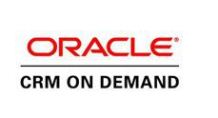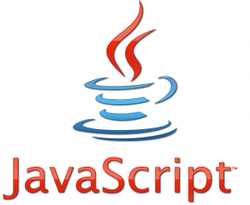This blog article compares Oracle CRM On Demand Release 24 Java Script (JS) API with traditional SOAP Web Services API highlighting the differences. The benefits of developing the integration and customization solutions using the JS API & Client Side technologies is also covered here.
This article can be used as a reference by technical consultants to choose the right API to design & develop CRMOD integration & customization solutions. I would assume that people reading this article are familiar with CRMOD SOAP Web services API and proceed with comparison.
CRMOD – JS API vs SOAP Web Services
- JS API supports CRUD Operation on Parent Records only. Both Standard and Custom Objects are supported. CRUD Operations on Child records are not supported in the current release
- CRUD Operations can be performed on only one record at a time
- All CRUD operations are asynchronous
- Row Id is the only search specification accepted by Read, Update and Delete operations
- For create and update operations on required and read-only fields in off-screen records, only default preconfigured fields are supported and not custom fields.
- JS CRUD API doesn’t consume any web services operations quota and hence doesn’t impact Service allotments
- With JS API, no need to explicitly establish the session either using SSO token or using Username/Password. JS API CRUD operations inherits the logged in user privileges by default
- Administrative Service API is not available in JS API
- The JS API may not be helpful to develop ETL/batch program based solutions
- Current release of JS API is not very consistent with Firefox and Chrome. But works consistently with IE
Note: If the integration & customization requirement can’t be meet using JS API and if you still intend to develop the client side solution, we could consume the SOAP Web services using Java Script technologies, develop the client side solution & host the solution in CRMOD Client Side Extension (CSE).
Benefits of developing CRMOD Integration & Customizations using Client Side technologies:
- Cut down/Save the dollars spent on Hosting server procurement & maintenance. Using JS API we can develop integration solution using JS client side technologies and host them within CRMOD using Client Side Extension(CSE) feature.
- Performing Web Services Operations using JS API doesn’t impact the CRMOD Web Services Allotments. And hence reduces the investment of procuring the Web Services allotments quota.
- JS API & Client Side Solutions are more responsive and performs better.
- JS API don’t consumes any CRMOD Web services session to perform web services operations. And thus eliminates concurrent session handling at the client side.
- Leverage CRMOD security practices by deploying solutions within Oracle server
N Prashanth
Related blogs:
Oracle CRM On Demand Integration Apps – cut down hosting server costs with client side solutions


